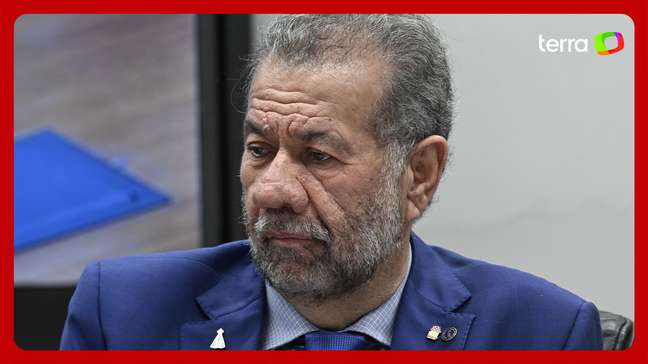Preliminary findings from the Artemis I mission offer hope for future manned missions to the Moon, according to NASA
The mission Artemis I of the US Space Agency (NASA) will end this Sunday 11, with the descent and landing of the Orion probe in the Pacific Ocean, off the coast of California, at 14:39 (Brasilia time), after a 25.5-day journey in space and 2.1 million kilometers around moon🇧🇷
Artemis I is the first series of missions aimed at building a long-term human presence on the Moon in the coming decades, NASA reports. NASA’s Kennedy Space Center Exploration Ground Systems Recovery Team in Florida, along with the US Navy, will recover the spacecraft. There will be live coverage for the event, which starts at 1pm Brasilia time, available in this link🇧🇷
Orion, an unmanned spacecraft, was launched aboard the Space Launch System (SLS) rocket on November 16 from Launch Complex 39B at NASA’s Kennedy Space Center. The Artemis I mission is the first integrated test of the space agency’s deep space exploration systems.
Confidence for missions to the Moon
Preliminary information from the Artemis I mission gives confidence for more complex missions, such as the one that will take astronauts to the moon in 2025, says Rosa Ávalos-Warren, an aerospace engineer at NASA and mission manager of the Communications and Tracking Network for Human Spaceflight. The objective of the mission is precisely to test all the ships and systems involved.
“All of these different stages had to work together to be able to send Orion on a good trajectory to reach the Moon and it all worked out successfully,” said the engineer. “We are currently on track to have a fully successful mission with a few additional objectives we have achieved along the way,” Artemis I mission manager Mike Sarafin said on a conference call.
It now remains to study the data that Orion brings to arrive at “a more specific determination” regarding the confirmation of the launch dates of the subsequent missions, Artemis II and Artemis III, both manned, “always with the safety of the astronauts as the priority number one,” says Rose.
NASA’s plan is to complete the Artemis II mission in 2024 and the year after Artemis III, in which astronauts would touch down on the satellite for the first time since 1972, when astronauts were sent to the moon on the Apollo XVII mission. /With information from NASA and EFE🇧🇷
🇧🇷The best content in your email for free. Choose your favorite Terra newsletter. Click here!
Source: Terra
Camila Luna is a writer at Gossipify, where she covers the latest movies and television series. With a passion for all things entertainment, Camila brings her unique perspective to her writing and offers readers an inside look at the industry. Camila is a graduate from the University of California, Los Angeles (UCLA) with a degree in English and is also a avid movie watcher.



![Tomorrow belongs to us: What awaits you in the 1936 episode, Monday, May 5, in 2025 [SPOILERS] Tomorrow belongs to us: What awaits you in the 1936 episode, Monday, May 5, in 2025 [SPOILERS]](https://fr.web.img2.acsta.net/img/56/b9/56b9c96e2eb9c7ea004ed1beb24cc18d.jpg)



